There is a special brand of human misery so steeped in hopelessness that it leaves its mark in time and place. I have felt it before as an Irish immigrant on Australian soil – in the solitary confinement chamber at the Port Arthur convict settlement in Tasmania, and in the darkest cell of Dubbo Jail in rural New South Wales.
In places like these throughout Australia, the walls are buckled with the painful histories of Irish exiles.
But this time it is different. As I follow Australian fibre art curator Anne Kempton and artist Jane Theau into the chill, lightless cell in the Newcastle Lock-Up, two hours north of Sydney, I am knocked backwards.
Crouched in front of me is a figure of 13-year-old Bridget McElroy from Falcarragh in Donegal. Her tiny frame filthy from huddling on the damp dirt floor, she has been raped, starved and unmercifully beaten. She is riddled with venereal disease.
Forced from as young as eight into prostitution, Bridget was born into a family who fled the Irish Famine to Australia. She was convicted and incarcerated after being found in a brothel in the town of Newcastle, in 1870.
Fourteen days alone in the dark on barely enough bread and water to survive was her punishment for daring to rebel against her misfortune. This was a pattern to be repeated over and over as her fiery spirit refused to be doused. A year later, she was sent to a hardcore women’s prison on one month’s hard labour for rioting.
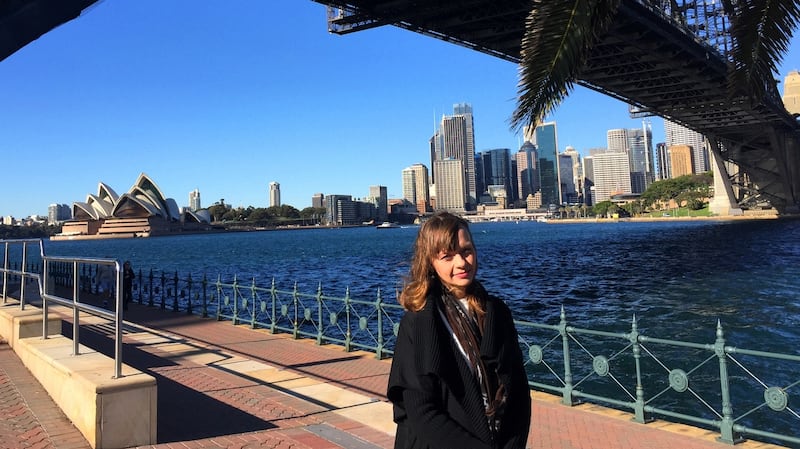
Arts space
The Newcastle Lock-Up is a contemporary arts space housed in the old Newcastle Gaol. Theau has strung up her extraordinary thread artwork here, bringing Bridget to life for the first time in over a century.
Three months earlier, I had been asked to write a voiceover for an art exhibition. Little did I know this would launch me on an unsettling voyage into the dark and shocking histories of immigrant and marginalised children in Australia in the mid-19th century, to discover horrifying accounts of sexual abuse, forced child prostitution, drunkenness, savage violence and neglect.
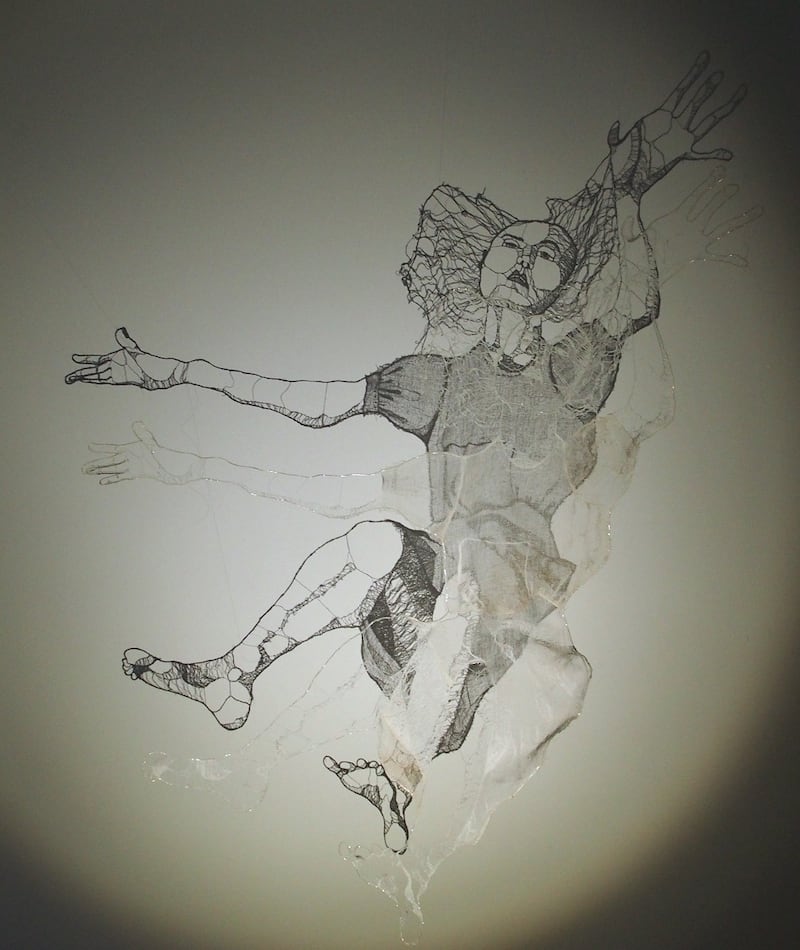
Anne Kempton and Wilma Simmons, the guiding forces behind the Stitched Up exhibition, have spent two years pulling together works from 25 international and Australian artists.
The exhibition marks 150 years since the opening of the Newcastle Industrial School and Reformatory, a site that housed 193 girls aged between 2½ and 18, from 1867 to 1891. A significant number were of Irish birth or extraction. Their stories are breathtakingly brutal.
These girls came from backgrounds of poverty, cruelty and discrimination endemic in immigrant and marginalised communities during Australia’s Gold Rush era. The Irish were treated with the additional suspicion of being “Fenians”, and potentially rebellious.
In most cases, the girls who came to stay at Newcastle Industrial School had been arrested for vagrancy, prostitution and petty crime, and sentenced to a minimum of 12 months. Most endured periods of involuntary “apprenticeships” as domestic help for lengthy periods afterwards.
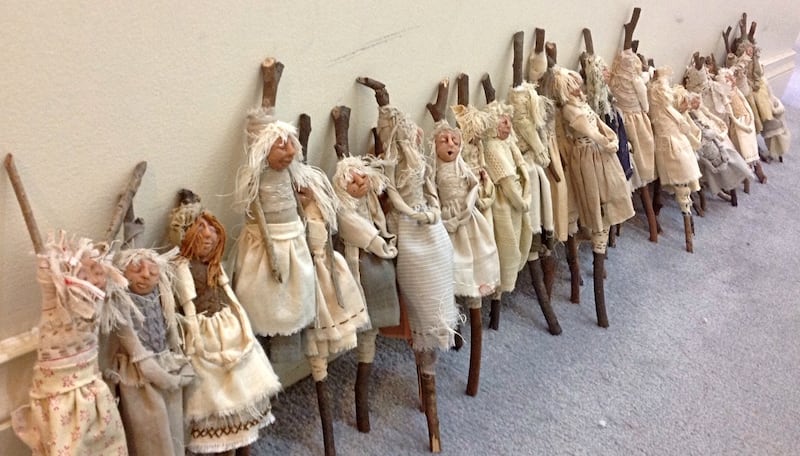
Girls’ own words
In poring through the archives, I was often struck most deeply when confronted with the girls’ own words; though sadly, there were few recorded. The earnest, wounded and often feisty testimonies jump off the pages, in stark contrast to the clinical, dehumanised, official accounts from the authorities of the time.
As one girl blithely observed, she could yield to a life of prostitution or starve to death. Another, responding to comments on the appalling circumstances in which she was found, said “people get used to anything from constant suffering and misery”.
Eliza O’Brien from Shanagolden in Limerick was found in a brothel at the age of 13. Her mother had fallen ill on board ship to Australia and died shortly after their arrival.
“I would rather be torn limb from limb and go to hell than go to school,” she said, referring to Newcastle.
“She throws up our past life telling us we are the sweepings of Sydney streets . . . You supposed that is what we have been brought up to, street walking all night and laying in bed late in the day.”
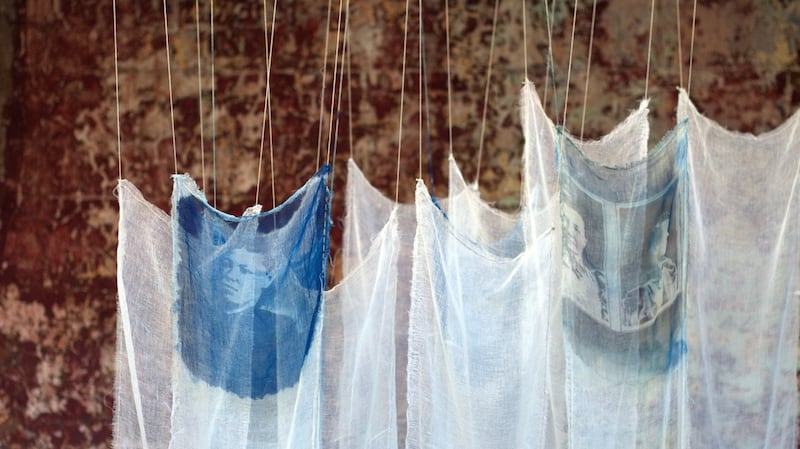
Like the exhibition curators and the artists involved in Stitched Up, I have been moved to tears, and horror at times, by the depth of the girls' suffering. Like them, I have also grown to love and admire these girls for their incredible spirit and endurance.
Much as they were victims, they were also rebels, fighters and survivors. Through this exhibition, the many artists involved seek to give a voice to these lost girls and their extraordinary stories.
These stories are told through the works of internationally renowned artists from Canada, Hungary, the Netherlands, the UK, Denmark and across Australia. The pieces include a large quilt as a comforter; dolls to compensate for lost childhood; cloth books for story-telling; shadow threadworks; and visual poetry. Real-life historical images of the girls have also been used.
The exhibition weaves together tales of loss, betrayal, cruelty and endurance, from this dark corner of Australia’s colonial history.
What became of the girls?
During their time at Newcastle, the girls became notorious in the locality for a series of daring escapes which led to repeated incarcerations in the Newcastle Gaol.
After a term at Newcastle School, many ended up in lengthy contracts of servitude from which they were unable to escape. A number died young due to disease, deprivation, accident or violence.
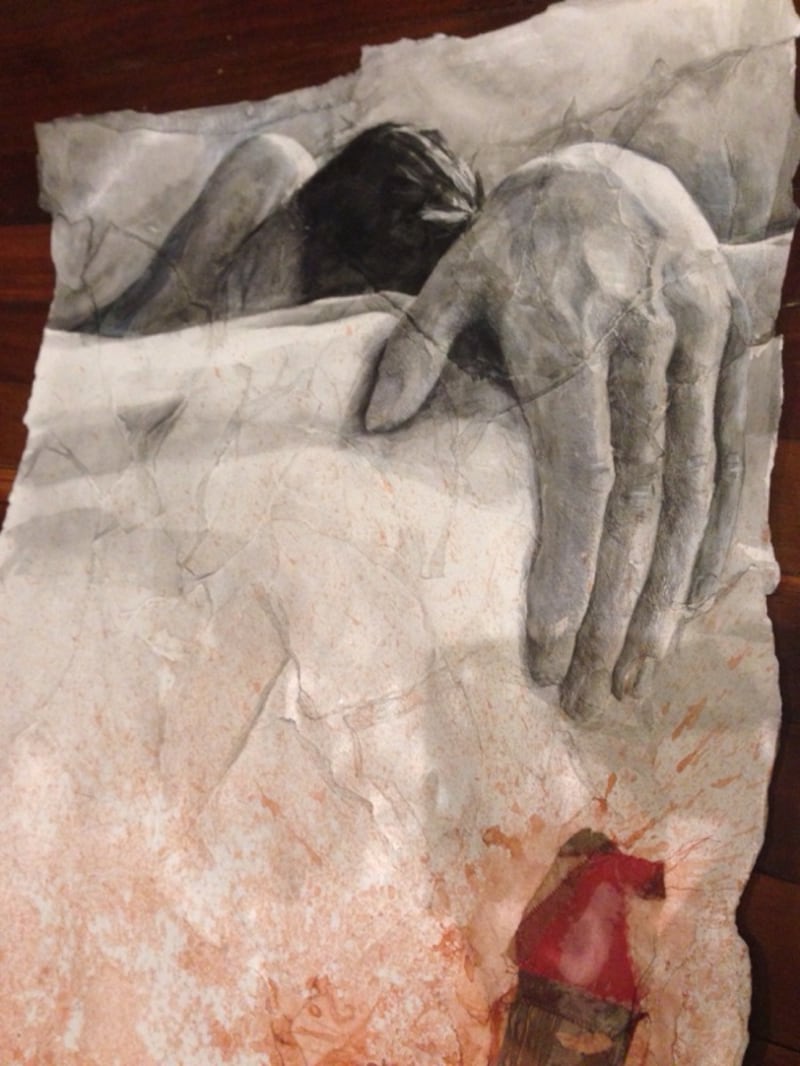
Many of their stories seem to echo each other. Eliza O'Brien from Shanagolden, who had arrived in Australia at the age of 1½ in 1853, died of tuberculosis aged just 24. Catherine Condon, whose family arrived from Ireland in 1852, also died young from TB – she was 33 years old. Both girls had lost their mothers while still toddlers.
Those who survived changed their names over and over in an effort to overcome the stigma of their pasts.
And what became of the doughty young Bridget McElroy from Falcarragh? Nobody knows. Like so many of her fellow inmates, she disappeared from the records at the age of 19. Another ghost in the machinery of a colonial nation’s brutal emergence.
[ thelockup.org.auOpens in new window ]
What’s in a name?
Another hand-me-down bestowed
Already tattered and torn
This title to which I was born
Already stained with the same
Indelible shadow of shame
As the smoke-blackened room
That swallowed me
Out of the womb
This cast-off of cast-outs
A caste apart
Enshrouded in doubt
This first 'gift' granted
First marker, moniker, brand
Last link to a lost land
First claim, first link in the chain
First tie to a life pre-ordained
What's in a name
That should hallmark me
Anchored to a counter-weighted history
What if . . . I could file it away
Claw, scratch and scrape
Unknot this monogrammed cape
Cast it back into the street
Would I be at once released
Uncuffed, unbranded, reprieved
Unchristened, unborn preconceived?
















